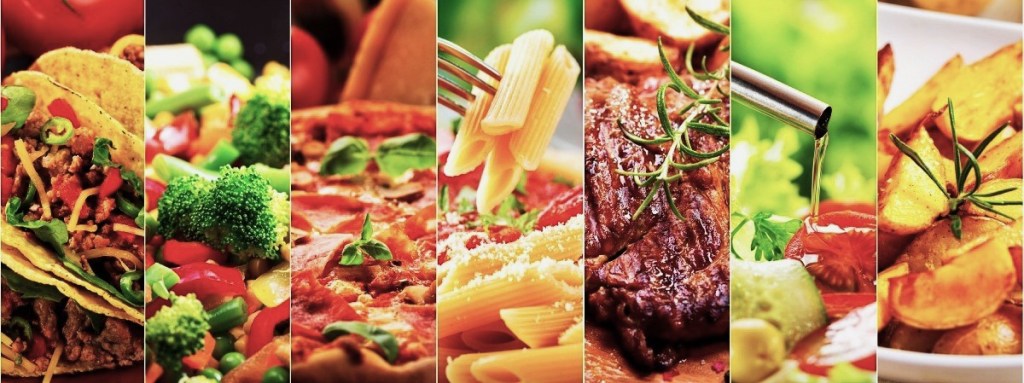“What are we having for dinner tonight?”
That particular question used to make me immediately defensive and annoyed. Dinnertime was something my husband and I both remembered fondly from childhood. We both wanted to prioritize it in our own family and marriage. Our parents had made it a priority to eat dinner all together as many nights as possible, and we treasured those times.
However, those wonderful experiences also added plenty of pressure and expectations into our goals for family dinnertime togetherness. What we would eat for dinner, how we would eat dinner, when we would eat dinner …
We each brought our experiences and hopes into our conversations about mealtimes without realizing how deep-seated they were. The biggest issue that came up again and again was what exactly we were eating — and how often we were eating it.
Dinnertime struggles
In the early days of our marriage, my husband made dinner every night because he had a more flexible schedule. When our daily schedules switched, I took charge of dinner. My approach to food has always been that quantity/avoiding waste trumps quality, and I had to slowly learn to balance those perspectives for marital harmony.
Even so, I can be stubborn, frugal, and quite attached to my own ways. Those qualities have prolonged the struggle. I can’t bring myself to throw food away, even if I made something that was not a hit or made way too much of a certain dish. Instead of just freezing extra to be used again later, however, I try to force the leftovers into submission as ingredients for a different (and hopefully more palatable) dish for the next night. With time and trial and error, I’m starting to become a better cook, which helps tremendously.
But we have still struggled figuring out the best balance between making favorite recipes often but not too often, trying new recipes sometimes but not every night, and feeding a growing family in a budget-conscious but not boring way.

A solution inspired by the Church
Then eureka! We recently found a compromise that has worked better than anything else in the past. It is this: We base our menus and meal planning on what is happening in the Church.
Fridaysare penitential days, where we remember Jesus’ death on the cross, so we have simple, meatless dinners on those days.
Sundays are days when we remember Jesus’ resurrection, so we celebrate by having a special dinner on those days. Since we often eat vegetarian during the week, we make a point to eat meat on Sundays. We have desserts on feast days that are special for our family — be that the feasts of our patron saints, our baptismal anniversaries, or saints to whom we have a special devotion.
For the sake of efficiency and practicality in meal planning, we then have a basic rotation of meals according to the day of the week.
We eat some kind of curry on Monday, a pasta dish on Tuesday, a potato-based dish on Wednesday, soup on Thursdays, a simple bean dish for Friday meals, and homemade pizza on Saturdays.
Liturgical meal list
In order to make our weekly meal rotation work, we started bymaking a big list of all of our family’s favorite meals. If I am ever stuck on what to make some evening, all I have to do is look at our big list to get some inspiration. Then, at the beginning of a new week, I just have to decide which curry for Monday, and which pasta dish to make for Tuesday, etc. I shop for those ingredients, sometimes trying a new recipe, but often sticking to tried and true favorites.
Amazingly, everyone is pretty happy with this arrangement. There is enough variety to keep it interesting, while keeping life simple on my end for the purchasing and preparing end of things. Thanks, Holy Mother Church!


